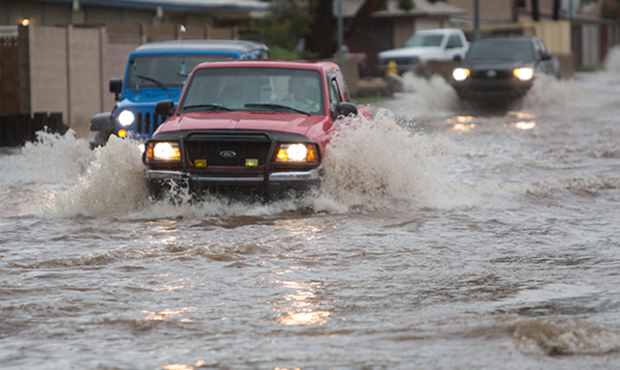Type 1 diabetes in children is a condition in which your child’s pancreas no longer produces the insulin your child needs to survive, and you’ll need to replace the missing insulin. Type 1 diabetes in children used to be known as juvenile diabetes or insulin-dependent diabetes. The diagnosis of type 1 diabetes in children can be overwhelming at first. Suddenly you and your child — depending on his or her age — must learn how to give injections, count carbohydrates and monitor blood sugar. Although type 1 diabetes in children requires consistent care, advances in blood sugar monitoring and insulin delivery have improved the daily management of type 1 diabetes in children.
Symptoms
The signs and symptoms of type 1 diabetes in children usually develop quickly, over a period of weeks. Look for:
- Increased thirst and frequent urination. As excess sugar builds up in your child’s bloodstream, fluid is pulled from the tissues. This may leave your child thirsty. As a result, your child may drink — and urinate — more than usual.
- Extreme hunger. Without enough insulin to move sugar into your child’s cells, your child’s muscles and organs become energy-depleted. This triggers intense hunger.
- Weight loss. Despite eating more than usual to relieve hunger, your child may lose weight — sometimes rapidly. Without the energy sugar supplies, muscle tissues and fat stores simply shrink. Unexplained weight loss is often the first sign to be noticed.
- Fatigue. If your child’s cells are deprived of sugar, he or she may become tired and lethargic.
- Irritability or unusual behavior. Children with undiagnosed type 1 diabetes may suddenly seem moody or irritable.
- Blurred vision. If your child’s blood sugar is too high, fluid may be pulled from the lenses of your child’s eyes. This may affect your child’s ability to focus clearly.
- Yeast infection. Girls with type 1 diabetes may have a genital yeast infection, and babies can develop diaper rash caused by yeast.
Check back tomorrow for Part 2








